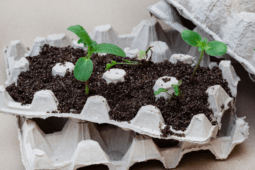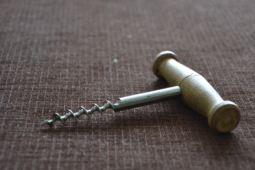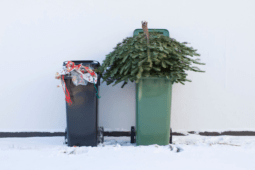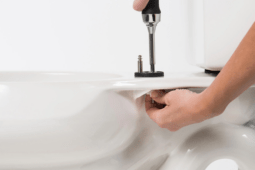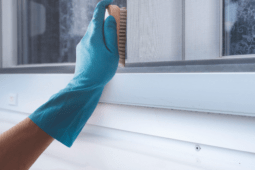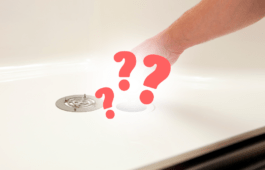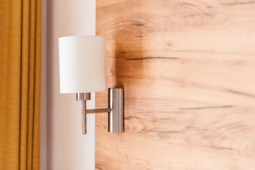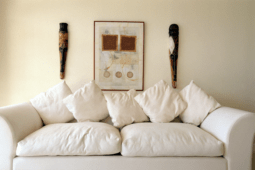Different Plywood Grades and Their Applications
Determining the grade of plywood that you will need can feel difficult, especially if you are a newbie because there are a few different grading systems out there. For the purpose of simplicity, most of them follow what is known as the A-D classification. In this instance, A would be the best, and D would be the worst.
Plywood also is generally classified as Interior, Exterior, Exposure 1, and Exposure 2. When you make your choice, it will depend on things like how much elemental exposure the wood will have, economics, and how important the looks are to you.
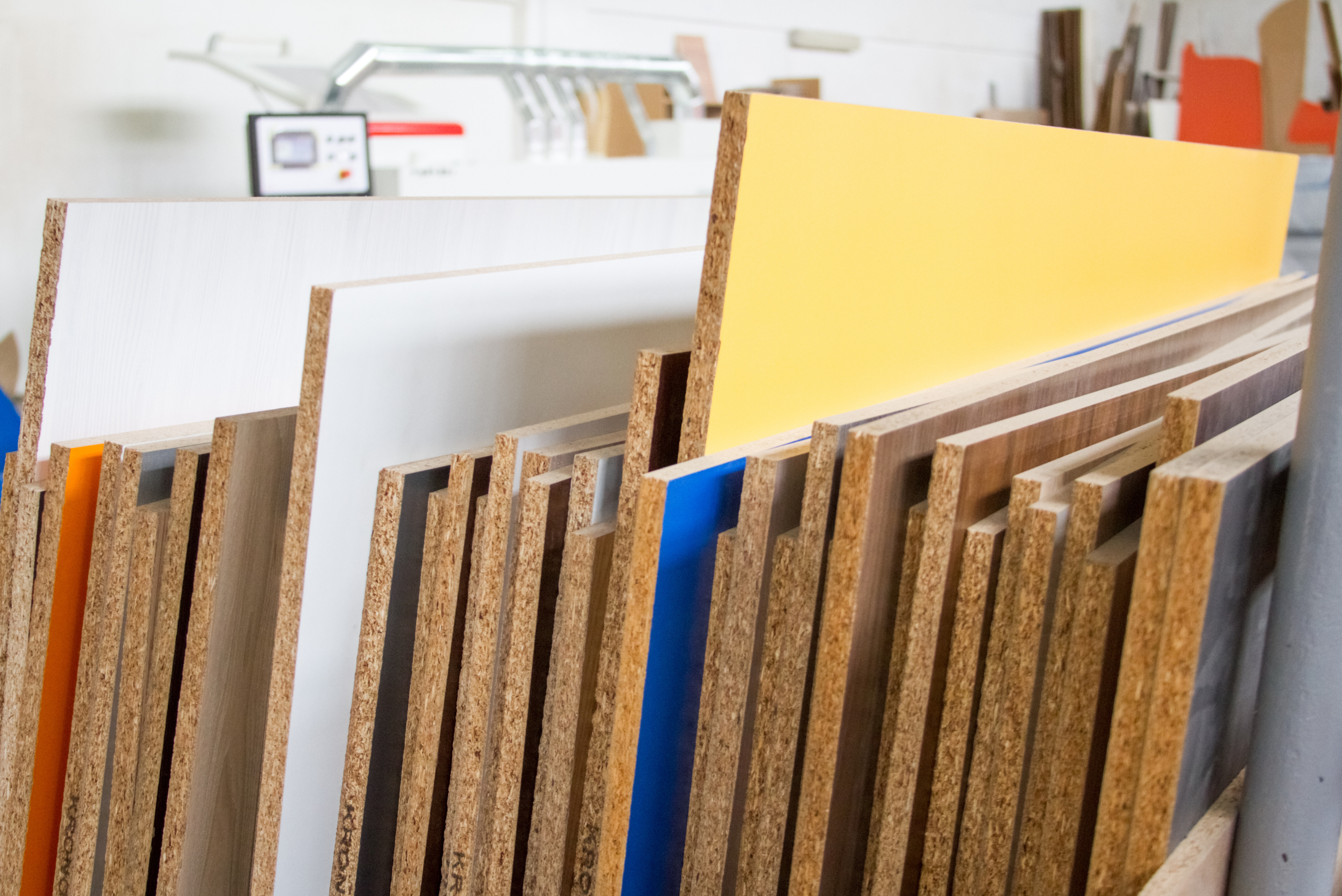
Interior. This one is pretty self-explanatory. This type of plywood should, under no circumstances, be used for any outdoor purposes. It is not meant to stand up to the constant exposure to the elements, leading to warping, rotting, and worse.
Exterior. When you have plywood that is graded for outdoor use, it should have a fully waterproof bond that is between the layers. That bond is meant for applications that will be subject to potentially permanent exposure to moisture and weather.
Exposure 1. This is very similar to the exterior grade but with one major difference. Even with a fully waterproof bond, this type of plywood is not meant for permanent exposure to moisture or the elements.
Exposure 2. Exposure 2 plywood is more of an interior type that makes use of an intermediate bond. This type of plywood is more meant for interior applications where a little bit of moisture can be expected. This is the most common type of plywood that would be used in a mudroom, bathroom, basement, or kitchen.
What can impact your selection the most is the overall aesthetic quality. If you don’t care whether or not the plywood in question is super smooth, then you can go for a lower grade, which is much more cost-effective. The good news is that it is structurally as strong as any of the nicer grades out there.
Plywood Finishes
As discussed briefly in the above section, one of the determining factors in the selection of plywood can be the type of finish included. There are generally four different types of finishes ranging from basic to nice.
- The most basic, low-grade plywood out there will come with things like knots and knotholes. Either you aren’t going to be seeing these regularly or you don’t care since you are focusing primarily on stability.
- There is a slightly smoother finish where some knotholes and tight knots may be acceptable. There may even be some sanding defects or discoloration along the surface but it won’t impair the strength of the plywood.
- The next finish-up would allow for minor splitting and very few knotholes or knots. The surface itself will be quite solid and it can pass for most applications without having a serious aesthetic downgrade that the others mentioned would.
- The final finish is a smooth, paintable surface. Repairs can be made to the veneer, like replacing knots with different patches. That said, they are limited to 15 to 18 repairs before they should be replaced. For cabinets, in particular, this is the best type of plywood.
A lot of times, you will see plywood with two grades. For example, “A-C.” The purpose is that the face side may have one grade – the “A,” in this instance – while the back has another grade. Also, plywood will be rated as Stud I-Floor, Sheathing, and siding. This is meant to specify what kind of end-use the plywood was initially designed for.
For the most part, plywood that you buy from hardware stores and big home improvement stores will be for household projects. These are typically classified as being sheathing.
Tips for Choosing the Right Plywood
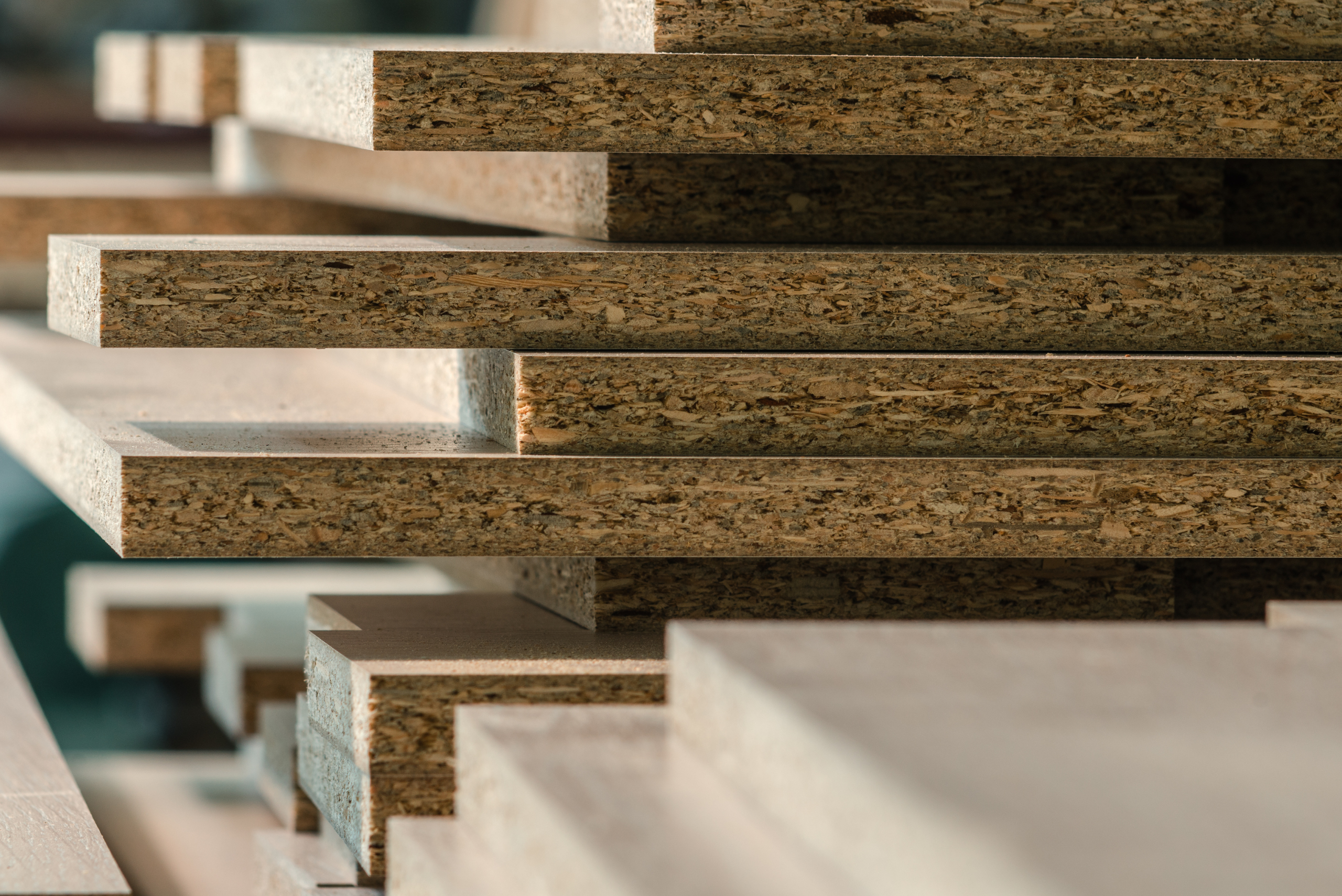
There are more than a few steps that go into choosing the right plywood. While plywood is versatile and can be used in a huge array of applications, it all depends on getting the right type and thickness to accommodate.
Some of the most important factors in choosing the right plywood involve not only knowing the type but also the grade and the purpose. For instance, if you plan on doing a roofing job, it would require a different type of plywood than something like flooring or furniture building.
Read on to find out more about what it takes to get the right plywood for the job and all the factors involved.
Know Your Grade
As covered above, it helps to know the different grades of plywood. If you go into your project assuming that any plywood will do, you may be in for a rude awakening, depending on what you pick.
There are four types in general. Two are meant for indoor use, while the other two are meant for outdoor use. Let’s start with the latter. There are two types of outdoor plywood: fully waterproofed and Exposure 1.
Fully waterproofed plywood is just that: it uses a waterproof bond between the layers and it can be used for any application that requires permanent exposure to moisture and weather. The exposure 1 grade is also fully waterproof bonded, though it isn’t graded for that constant outdoor use like a fully waterproof exterior plywood would be.
There is also a pair for indoor applications. The Exposure 2 rating means that it uses an intermediate bond, and the recommended use is indoors. It can stand up to a little bit of moisture but not staying out exposed to the elements round the clock.
The final grade is for interior use only. These are meant to be away from areas with frequent moisture as they could become damaged over time.
Plan Out Your Project
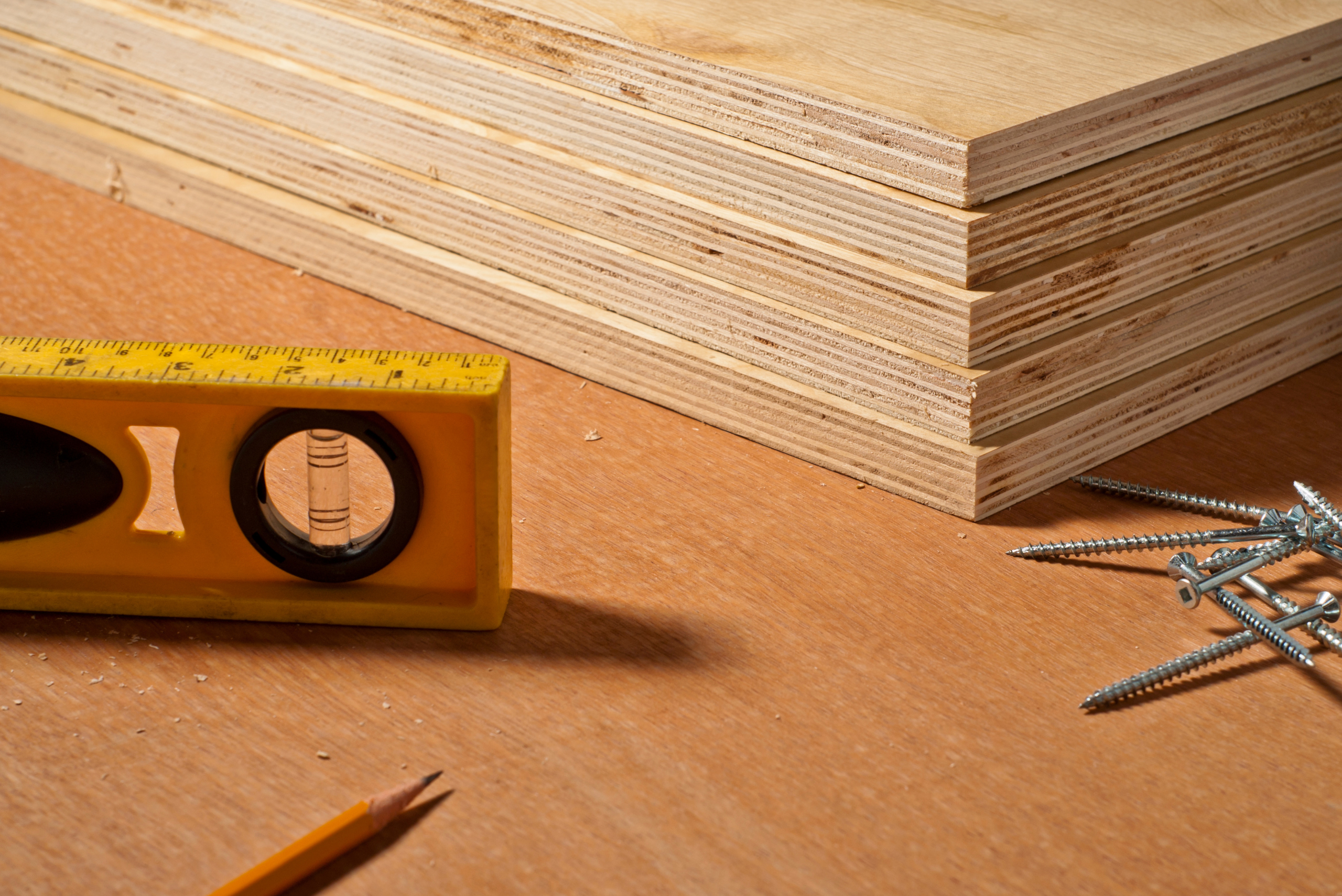
No matter what kind of project you plan to take on – roofing, walls, or even subflooring – you need to ensure that your project is planned out. Which also means having the right plywood for the job.
Take the time to map your job out. Knowing the wood that you choose is important because it can dictate the quality of your entire project. For something that is going to bear a large load, you need to go with OSB or construction-grade plywood.
If you are working on furniture, storage, or cabinets, then a good birch or oak plywood hardwood would be the choice. There are charts out there that can make it a bit easier to decide what to use for your specific project.
Know the Type You Need
Knowing the grade of plywood is a good start, but you should also know which type of plywood you will need. The grades are a great indication of which one to choose, but so too is the application.
For roofing purposes, let’s say, you would want plywood that has an exterior grade. It is going to come into contact with moisture on a regular basis, so it needs to be able to hold up against the elements. Not only that, but any exterior plywood should be pressure treated as well or it will break down over time.
If you were working on a bathroom, then an exposure type 1 plywood would work fine. Those are graded to handle a little bit of infrequent moisture without breaking down. Cabinets or furniture would need decorative plywood, and so on.
Knowing which type you need will come down to the application. Before you can make your decision on plywood, know where it will be used.
For Flooring Purposes
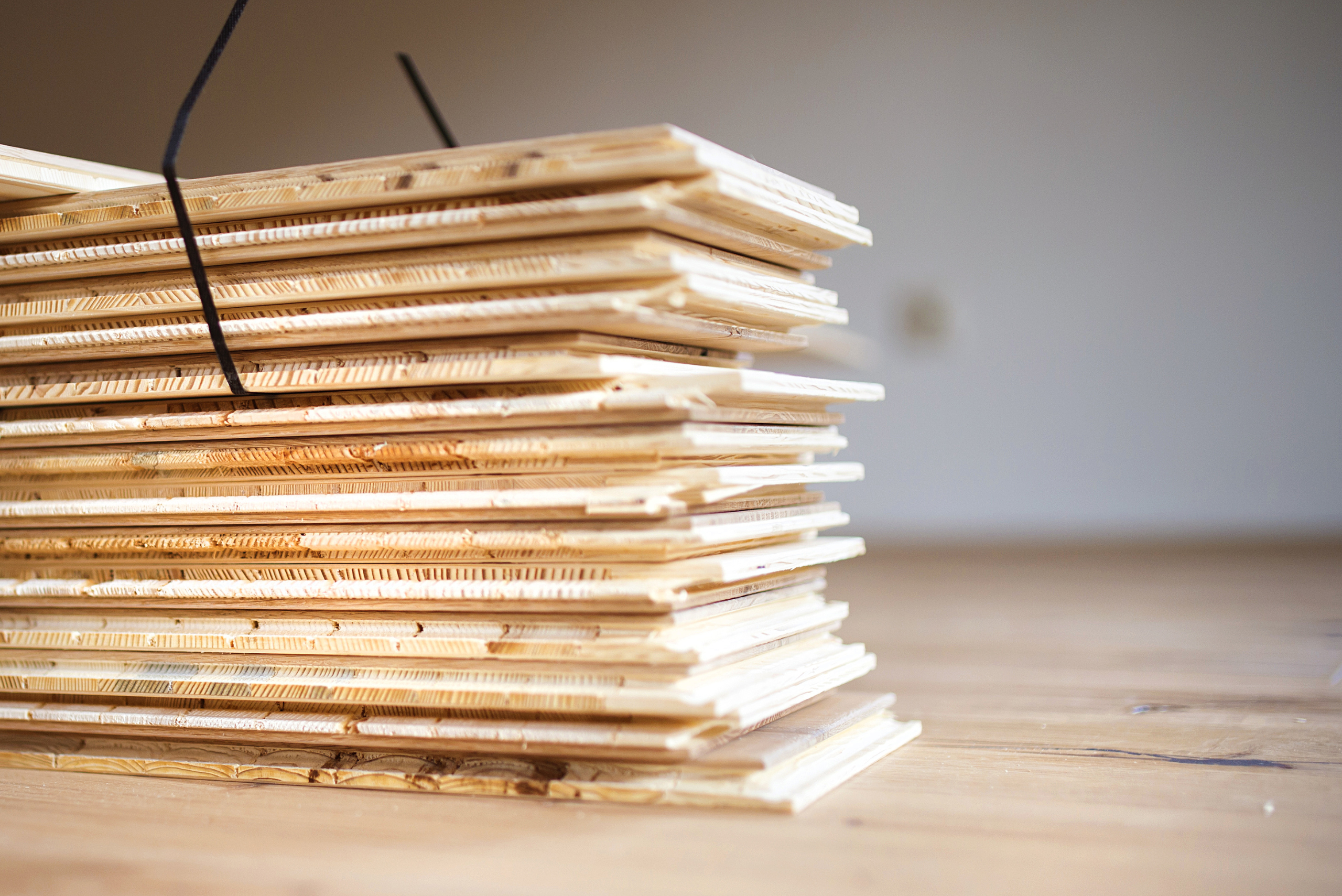
In just about any durable, safe flooring, plywood is going to play a major role. Most floorings that you find will be made up of different layers. The underlayment is the base layer, which provides the smooth surface that is necessary for installing the finished flooring, which sits on top.
Depending on the surface in question, the underlayment can vary. But usually, the underlayment will be a thin, yet strong, layer where the finished flooring will sit. Most floor underlayment uses 5/8” thick plywood.
Finally, below the underlayment is the subfloor. This makes use of a thicker product, typically in the ¾” thick plywood range, though sometimes more is needed if the distance between the floor joists is a bit larger.
Know What’s Inside
We know by now that plywood comes in a ton of different forms. But what is also worth knowing is that plywood is constructed in a few different ways as well. This is what helps it to be tough enough to be the right one for your project.
Plywood cores can be quite different from one another. They include particleboard core, veneer core, medium-density fiberboard core, and even a combination core. Veneer is the most commonly used of the different types and is typically made up of a variety of trees that are local to the area.
Particleboard is the heaviest and the weakest, but it is also the cheapest of the group. PBC, as it is also known, can weigh more than 100 pounds for even a 4×8 panel, and it can also potentially swell when there is excessive moisture.
Medium-density fiberboard (MDF) is great for storage cabinets and shelving. It also has a face that is much harder than just about any plywood that you will find. The problem is that the inner layers are quite soft and are prone to sagging over time.
When you know what is inside of the plywood you are considering, it can tell you whether it is the right choice for the job. Sure, the outside definitely matters, but it isn’t the only thing that matters.
Non-Stained Plywood
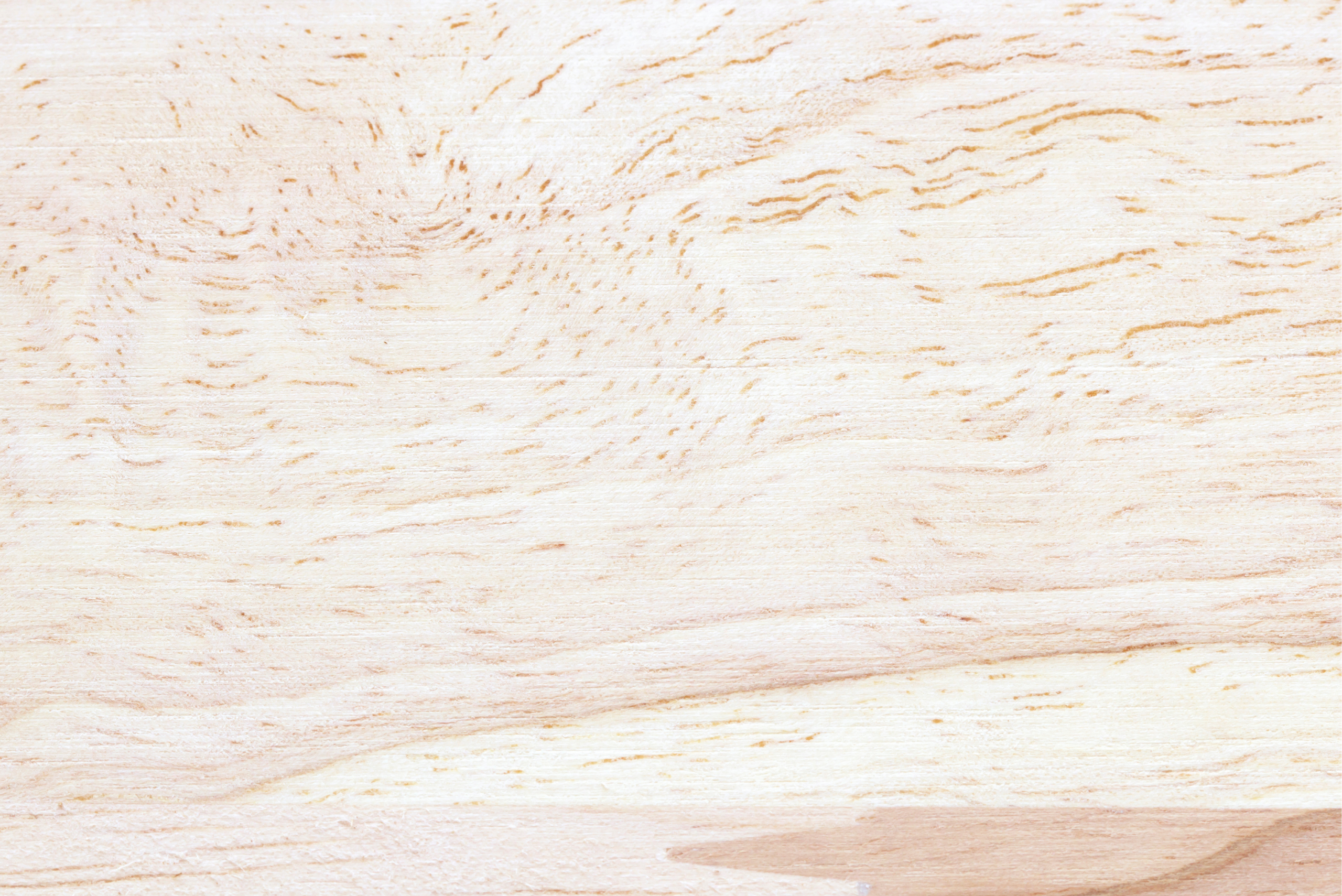
Though stained plywood can have a certain aesthetic to it, it is always best to avoid it. Stained plywood can potentially hide any imperfections that may be lying beneath. It can be easy to miss those imperfections, which could come back to cause issues later on.
Try to find unstained plywood when possible. It gives you the clearest example of what you are working with and ensures that any apparent blemishes are readily seen. The last thing that you need is to get into a project and find out that the plywood in question isn’t up for the task.
For Furniture Purposes
The vast majority of furniture fronts, things like cabinet tops and drawer fronts, feature a higher-grade plywood that is made with an attractive veneer. For the most part, the construction of cabinets uses either ½” or ¾” plywood, though mostly the latter because it is less expensive and will make the finished product a lot lighter.
You can find some lower-grade veneers to use for interior areas where it may be “out of sight” and doesn’t get much attention. As for drawer sides, you can go with ½” thick plywood, while the bottoms only have to be around ¼” thick.
When you go with a thicker plywood, know that it is heavier but it is also a lot more durable and a lot stronger. So, if you were building a large tabletop using ½” plywood, with only legs at the corners, you are welcoming disaster.
Most of the plywood thicknesses can depend on the dimensions of the tabletop. For smaller table tops, 18” x 12”, you’d need ¾” plywood. For something in the 24” x 36” range, then at least 1” plywood is necessary. And anything above that, considered “larger,” would require a bare minimum of 1” but more likely 1 ½” plywood.
For Roofing Purposes
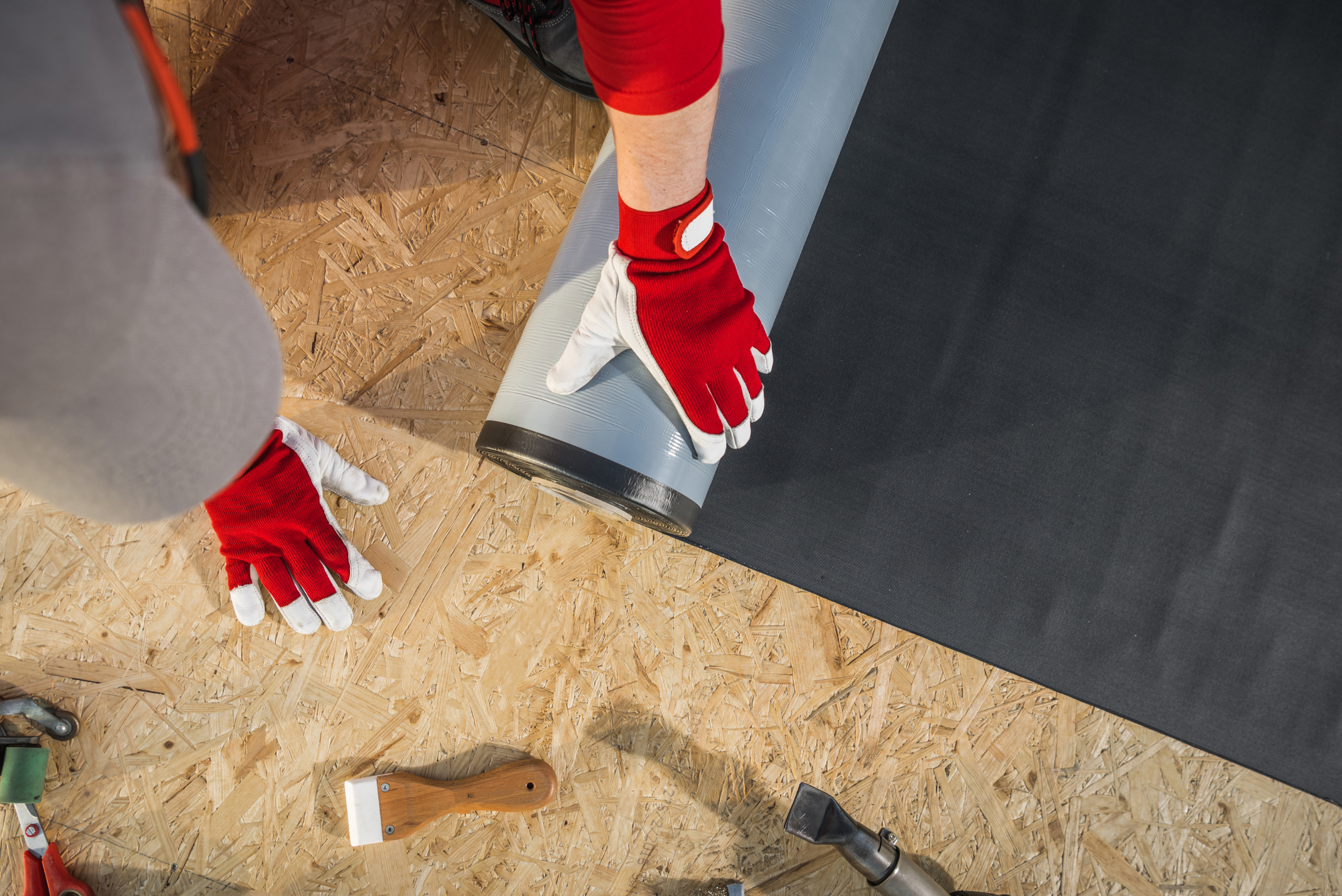
Generally speaking, the average plywood needed for roofing should be in the neighborhood of 3/8” thick. That said, you can improve the overall durability of your roof by going with a thicker type of plywood instead.
Another important factor to consider is the local building codes. Check with your local municipality’s building department to find out what you may need to do when working on your roof.
There are also a few different DIY tips out there to follow for how to find the right plywood for your roof and how to install it. But when in doubt, go with at least 3/8” thickness for any application.
Choosing the right plywood grade for your specific application is critical to ensuring that your project turns out exactly how you planned, so make sure to source high-quality boards and don’t skip on checking for manufacturing defects before leaving the store. With an array of plywood types to choose from, you will surely find an effective option that will suit the aesthetics of your project while also providing great durability.

